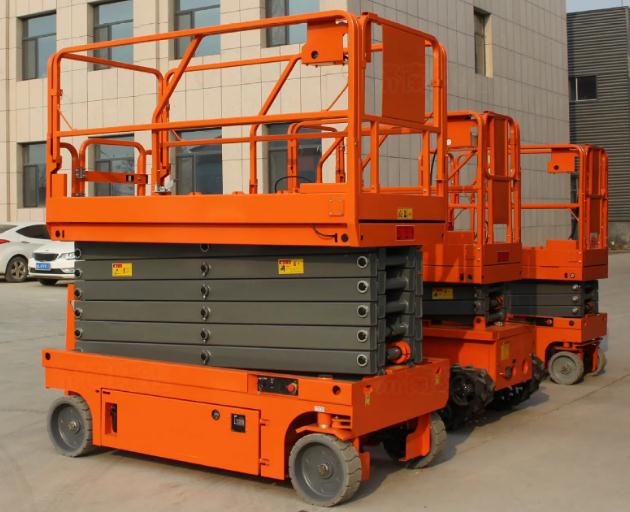Construction elevators, also known as construction hoists or construction lifts, are essential equipment in the construction industry. They are widely used in high-rise building construction, bridge construction, and other engineering projects to transport workers, materials, and equipment vertically. Correct use of construction elevators can greatly improve construction efficiency and ensure the safety of workers. In this article, we will explore some key points on how to use construction elevators correctly to improve productivity.
- Proper Installation and Maintenance
The first step to using construction elevators correctly is to ensure proper installation and maintenance. A well-installed and maintained construction elevator not only works efficiently but also reduces the risk of accidents. Before using the elevator, it is essential to check the installation, wiring, and overall condition of the equipment. If any issues are found, they must be addressed before use.
Routine maintenance should be performed regularly, and any necessary repairs should be completed immediately. Maintenance should include checking the cables, motors, brakes, and electrical systems, as well as lubricating moving parts.

- Proper Loading and Unloading
Proper loading and unloading of the elevator are crucial to ensuring the safety of workers and materials. The elevator should be loaded in a way that ensures even distribution of weight, and the maximum capacity of the elevator should never be exceeded.construction site lift. Overloading the elevator not only increases the risk of accidents but can also cause damage to the equipment.
It is also important to ensure that workers and materials are secured during transport. Workers should wear appropriate personal protective equipment, and materials should be properly secured to prevent them from falling or shifting during transport.
- Efficient Operation
Efficient operation of the elevator can significantly improve construction efficiency. Elevators should be operated by trained personnel, and they should follow proper procedures for starting, stopping, and changing direction. Operators should also be aware of the weight capacity of the elevator and avoid overloading.
In addition, the elevator should be used to transport multiple workers or materials whenever possible. This not only reduces the number of trips required but also reduces the time workers spend waiting for the elevator.
- Proper Communication
Proper communication is crucial when using construction elevators. Workers should be informed of the elevator’s location, and the elevator operator should be aware of the location of workers and materials. A communication system, such as a two-way radio, should be used to ensure that workers and operators can communicate effectively.
Workers should also be informed of the elevator’s schedule to ensure that they are ready to load and unload when the elevator arrives. This can help reduce waiting times and improve overall efficiency.
- Safety Measures
Finally, it is important to implement proper safety measures when using construction elevators. Workers should be trained on proper elevator use and emergency procedures. Safety harnesses and other fall protection equipment should be provided, and workers should be instructed to use them when necessary.
In addition, the elevator should be equipped with safety features such as emergency stop buttons and overload protection. Regular safety inspections should be performed to ensure that the equipment is in good condition and operating safely.
In conclusion, proper use of construction elevators can significantly improve construction efficiency and ensure worker safety. By following proper installation and maintenance procedures, loading and unloading techniques, efficient operation, proper communication, and safety measures, construction companies can achieve their goals while keeping workers safe.